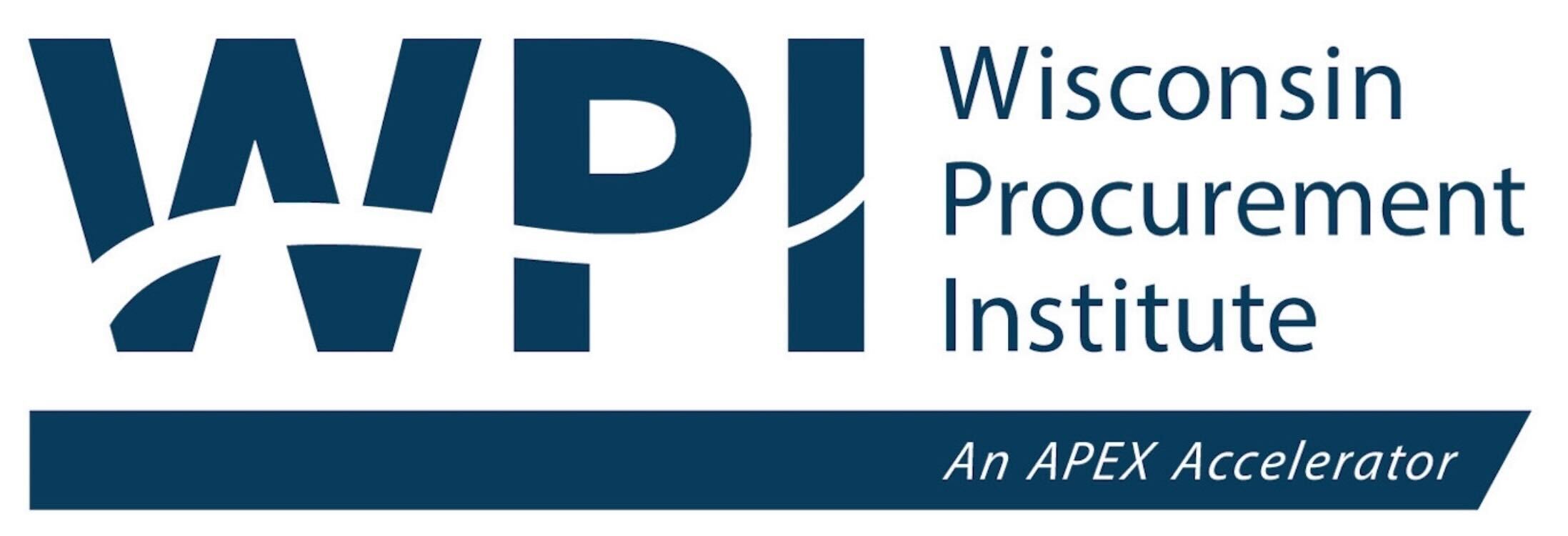Federal Small Business Certifications
The federal government offers several diverse small business ownership certifications. Wisconsin Procurement Institute staff is able to help provide more information about these programs, whether they are a fit for your business, and how to apply.
Small Business Designation
Small businesses self-certify. A business that is at or below the Size Standard for the NAICS code associated with a procurement can self-certify as a Small Business for that procurement. The Size Standards for each NAICS code can be found at www.sba.gov. Each Size Standard is based on either average annual receipts or average employment.
Historically Underutilized Business Zone (HUBZone)
This program encourages economic development in historically underutilized business zones (HUBZones) through the establishment of preferences. SBA’s HUBZone program is in line with the efforts of both the Administration and Congress to promote economic development and employment growth in distressed areas by providing access to more federal contracting opportunities. A HUBZone map, application and more specific information is available at www.sba.gov/hubzone.
8(a) Business Development Program
The 8(a) Business Development Program is a nine-year business development assistance program for small disadvantaged businesses. The 8(a) Program offers a broad scope of assistance to firms that are owned and controlled at least 51% by socially and economically disadvantaged individuals. Businesses in the program receive training and technical assistance to strengthen their ability to compete effectively in the American economy.
Small Disadvantaged Business (SDB)
Since October 2008, small businesses can self-represent their status as a small disadvantaged business (SDB). You do not have to submit an application to SBA for SDB status. Self-representation occurs during your registration with the System for Award Management (SAM.gov). Eligibility requirements include: The firm must be 51% or more owned and control by one or more disadvantaged persons; the disadvantaged person or persons must be socially disadvantaged and economically disadvantaged; the firm must be small, according to SBA’s size standards. Additional information can be found in the Small Business Administration Contracting Guide.
Veteran and Service-Disabled Veteran Owned Small Business
The Federal government has a 3% goal for Service Disabled Veteran Owned Small Businesses. For every agency except the Department of Veterans (VA) and Federal Aviation Administration, SDVOSB status is self-represented in the System for Award Management (SAM). The VA and FAA require that SDVOSBs and Veteran Owned Small Businesses (VOSBs) be verified as such with the Center for Verification and Evaluation (CVE). VOSBs and SDVOSBs have preference when contracting with the VA. The Vets First Contracting Program requires that the VA first seek VOSBs and SDVOSBs for contracting opportunities with the VA. Additionally, the VA has a 17% prime contracting goal for VOSBs and a 15% goal for SDVOSBS. The VA also has a 5% goal for VOSBs and 3% for subcontracts with its large prime contractors. However, in order to count towards these goals, the veteran business must first become verified with CVE. Learn more about the Government-wide SDVOSB program at www.sba.gov.
Woman and Economically Disadvantaged Woman Owned Small Business
The federal government’s goal is to award 5% of all federal contracts to women-owned small businesses annually. These contracts are for industries when woman-owned businesses are underrepresented. In order to qualify for sole source or set aside opportunities, the entity must qualify under one of the NAIC’s codes from the SBA and be at least 51% owned and controlled by women who are U.S. citizens
and have women manage day-to-day operations and also make long-term decisions. To qualify as an economically disadvantaged woman owned small business, businesses must additionally be owned and controlled by one or more women, each with a personal net worth less than $750,000; be owned and controlled by one or more women, each with $350,000 or less in adjusted gross income averaged over the previous three years; and be owned and controlled by one or more women, each $6 million or less in personal assets.
If you have questions about or need assistance with information on this webpage, WPI staff is available to assist. If you are a returning client, contact your counselor directly. If you are a new client, please register by clicking here.
